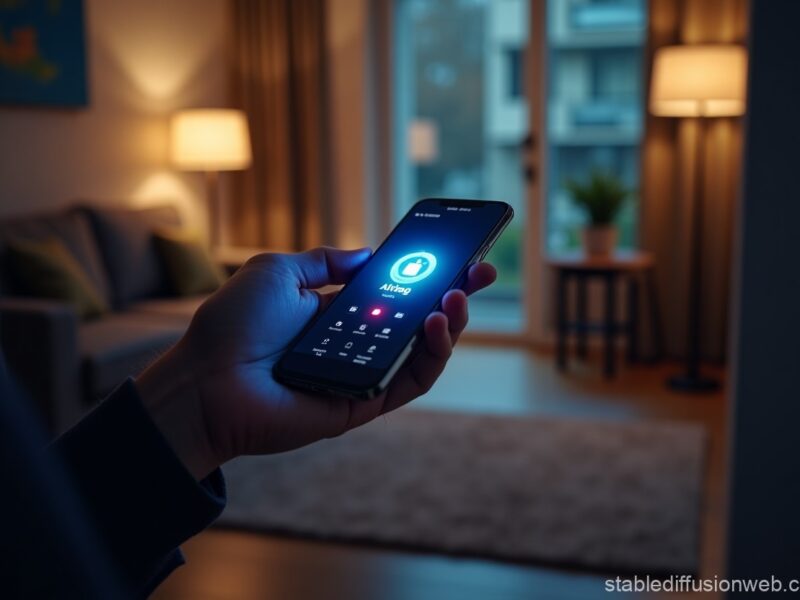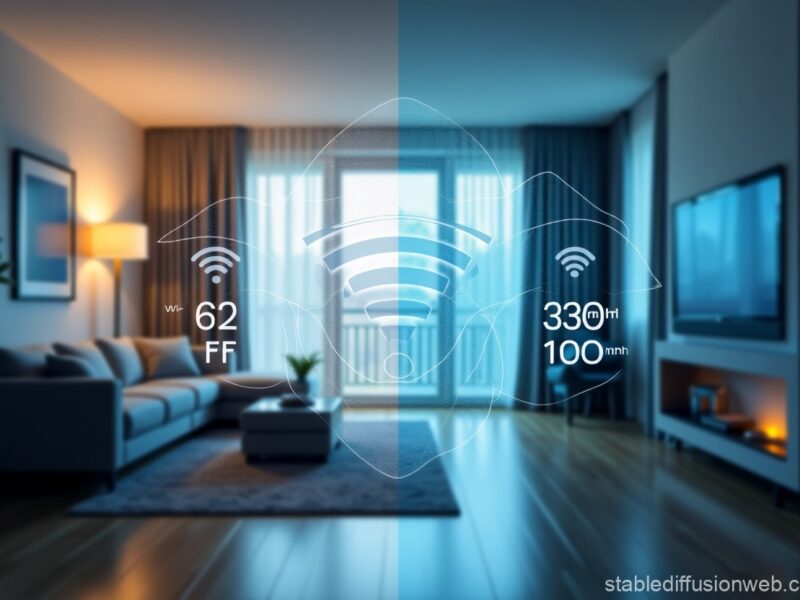OpenAI’s latest move? Smashing together Sora, their AI video wizard, with ChatGPT. It’s like giving a chatbot a film studio—cool, but kinda scary when you think about it. This isn’t just about making pretty videos; it’s about the big, messy questions of privacy, truth, and who’s really in control when machines start creating realities.
Right now, Sora’s doing its own thing online. Rohan Sahai from OpenAI says they kept it separate at first to keep ChatGPT simple. But let’s be real, the demand for AI that can whip up videos on the fly is skyrocketing. The catch? We’re stepping into a minefield of ethical issues. It’s exciting, sure, but also a bit like handing a kid a flamethrower and hoping for the best.
Imagine chatting away and, boom, your words turn into a high-def video. Neat, huh? But here’s the rub: what happens to all that personal stuff you share? OpenAI’s got some serious explaining to do about how they’ll keep your secrets safe when Sora’s in the mix. It’s a fine line between a cool feature and a privacy nightmare.
And then there’s the elephant in the room: fake news and deepfakes. With Sora getting cozy inside ChatGPT, the potential for mischief is through the roof. OpenAI’s not just stopping at videos; they’re eyeing photorealistic images next. It’s a brave new world, but without the right safeguards, it could get ugly fast.
As Sora gears up to go mobile and spread across platforms, the big question is who’s holding the leash? When AI crosses the line, who takes the fall? OpenAI’s dreaming big, but dreams can turn into nightmares if we’re not careful.
Blending Sora and ChatGPT is a game-changer, no doubt. But it’s also a wake-up call. We need rules, not just cool tech, to make sure this digital revolution doesn’t leave us picking up the pieces. The future’s knocking—let’s not answer the door unprepared.



